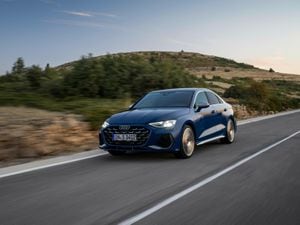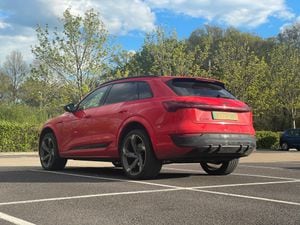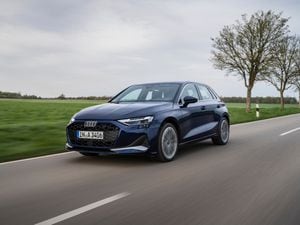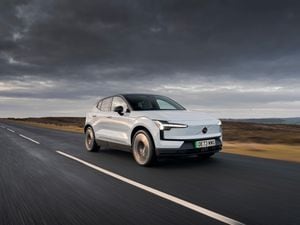First Drive: How does plug-in hybrid power change the Audi Q7 experience?
Audi’s everlasting large SUV has been given some extra electrification, but does it spoil what makes the Q7 great? Jack Evans finds out.

What is it?
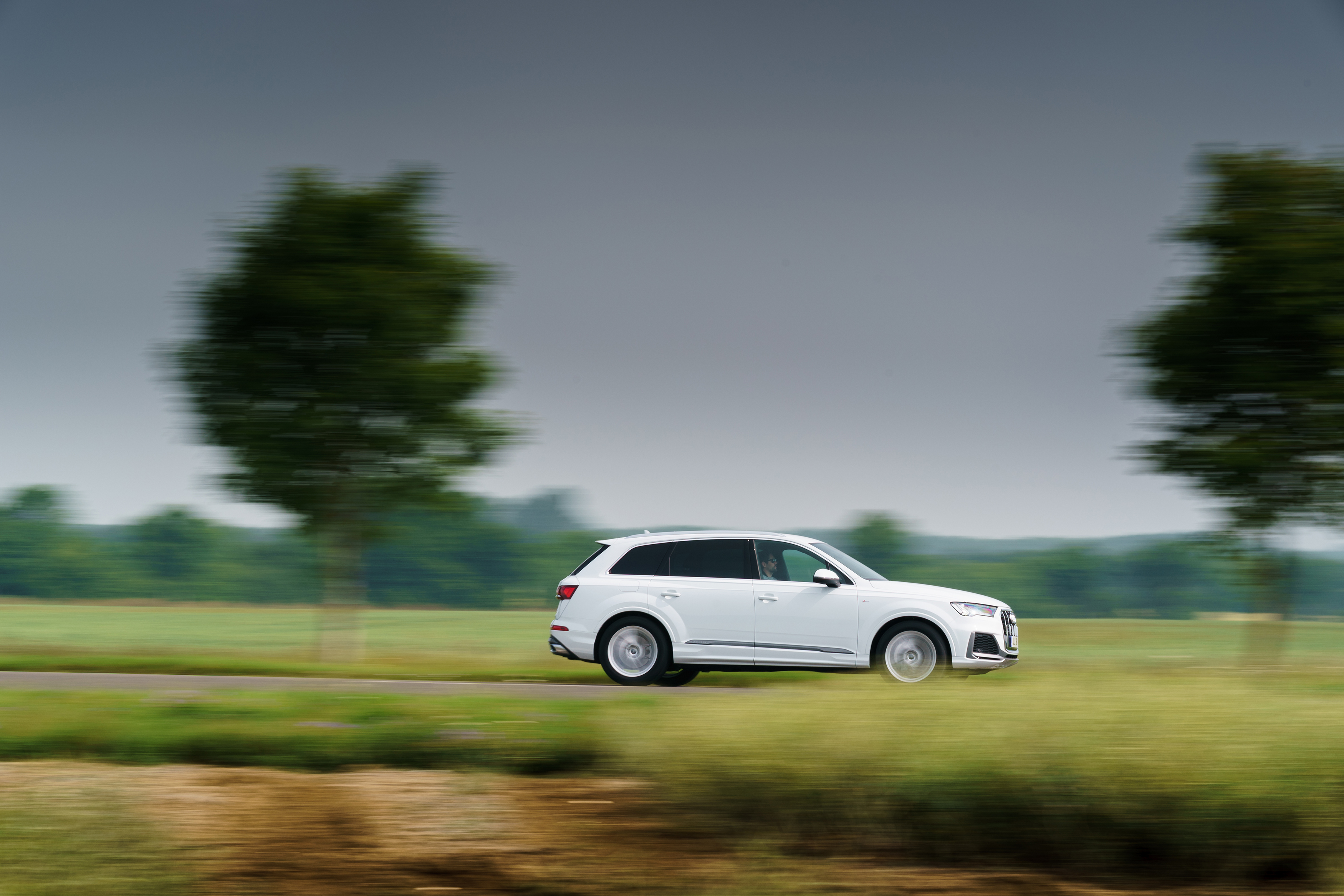
>
Audi’s Q7 has been a near-present sight on our roads for close to two decades now. The original broke new ground for luxury and versatility when it first appeared back in 2006 and it has gone on to become one of Audi’s most sought-after SUVs due to its high level of build quality which is combined with some excellent practicality.
But the Q7, like all cars, needs to evolve to survive and in this day and age that pretty much always requires some extra electrification. It brings us to this – the Q7 plug-in hybrid – which aims to provide the same level of spaciousness as its more traditionally powered stablemates but with a sharpened focus on efficiency and electric-only running.
What’s new?
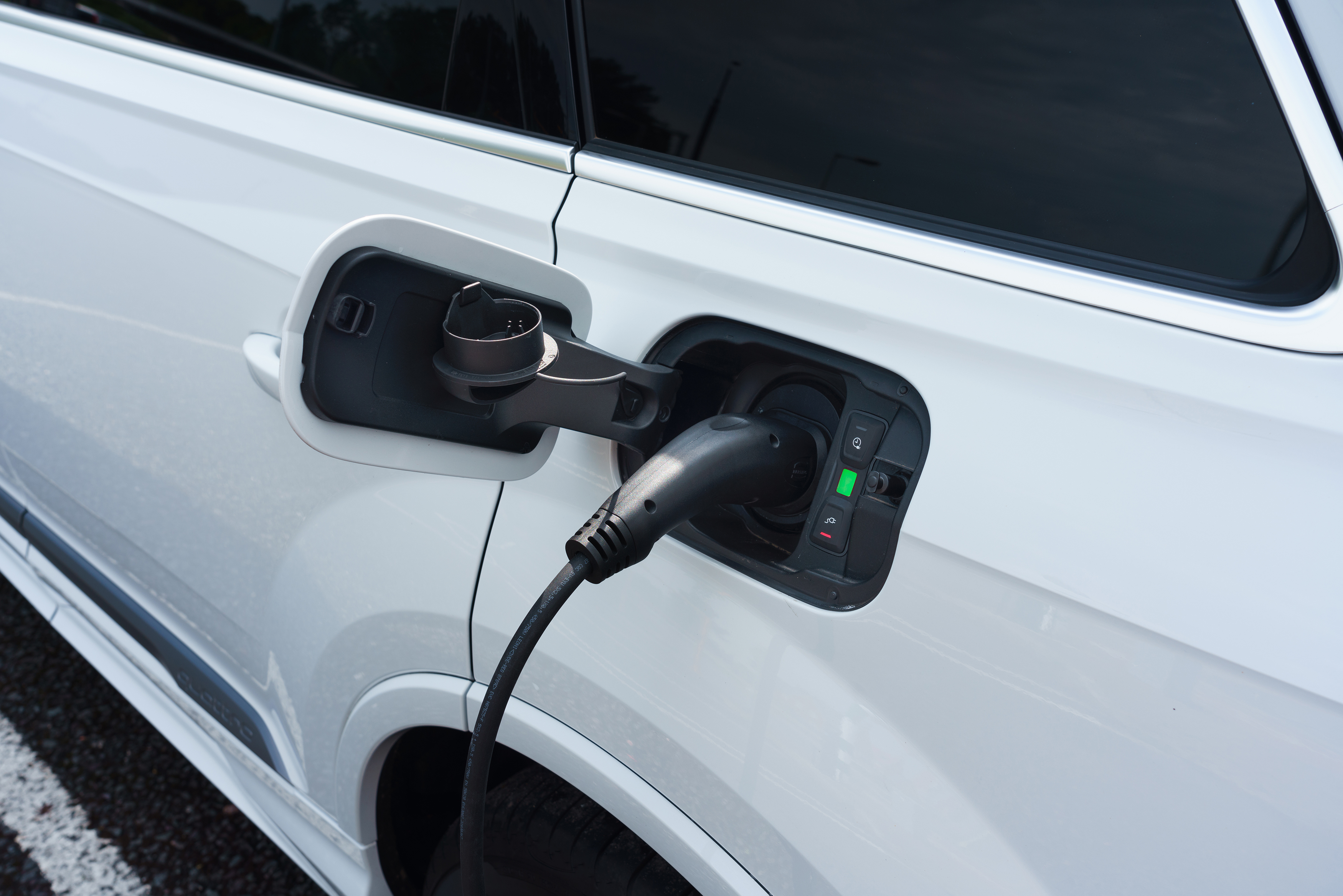
>
Naturally, the big change here is the inclusion of the plug-in hybrid engine setup but there are some tweaks to check out. One of the big kickers with this electrified Q7 is that because of the fitment of the larger batteries, this established seven-seater switches to a five-seat layout which means that practicality has immediately taken something of a kicking.
In fact, boot space has also suffered. Okay, so the 650-litre boot is still well sized by SUV standards, but it’s some way off the 770 litres you’d find in a non-plug-in Q7 with the rearmost row of seats folded flat.
What’s under the bonnet?
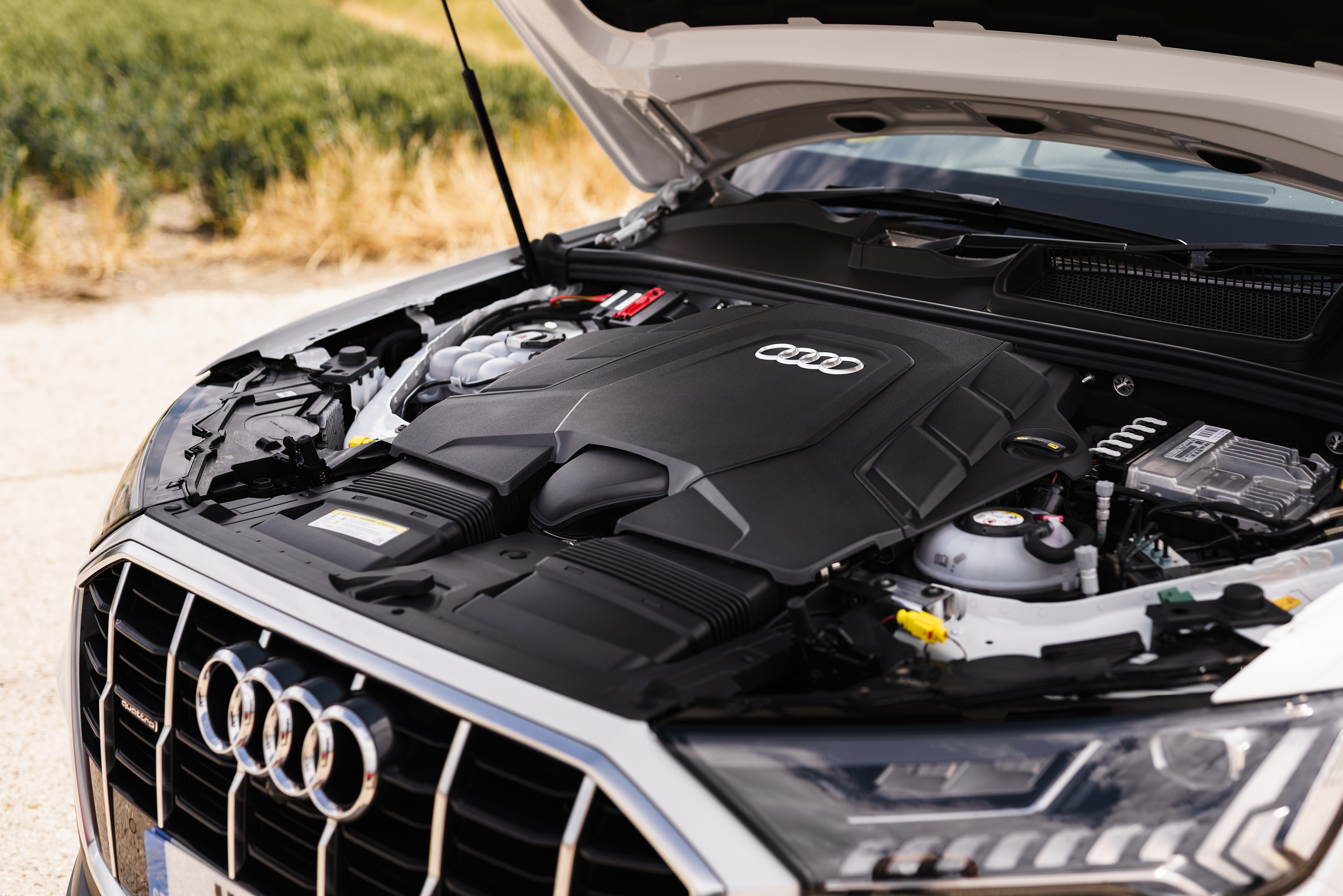
>
Underneath the Q7 you’ll find an amalgamation of traditional German engineering brawn with some clever hybrid technology. The focus here is on the 3.0-litre petrol V6 which, unlike many of the Q7’s competitors, is quite a large and powerful engine in its own right before electrification is added. Many key rivals favour a smaller-capacity petrol engine, but Audi has shunned this in favour of a far larger setup.
Combined with an electric motor you get 376bhp and an impressive 600Nm of torque, equating to a 0-60mph time of 5.6 seconds which isn’t half bad for a car weighing over 2.3 tonnes. It’ll top out at 149mph, too, or if you’re in electric mode then you’re held back at a still usefully fast 83mph. It means you can still easily travel at motorway speeds without troubling the petrol engine.
What’s it like to drive?
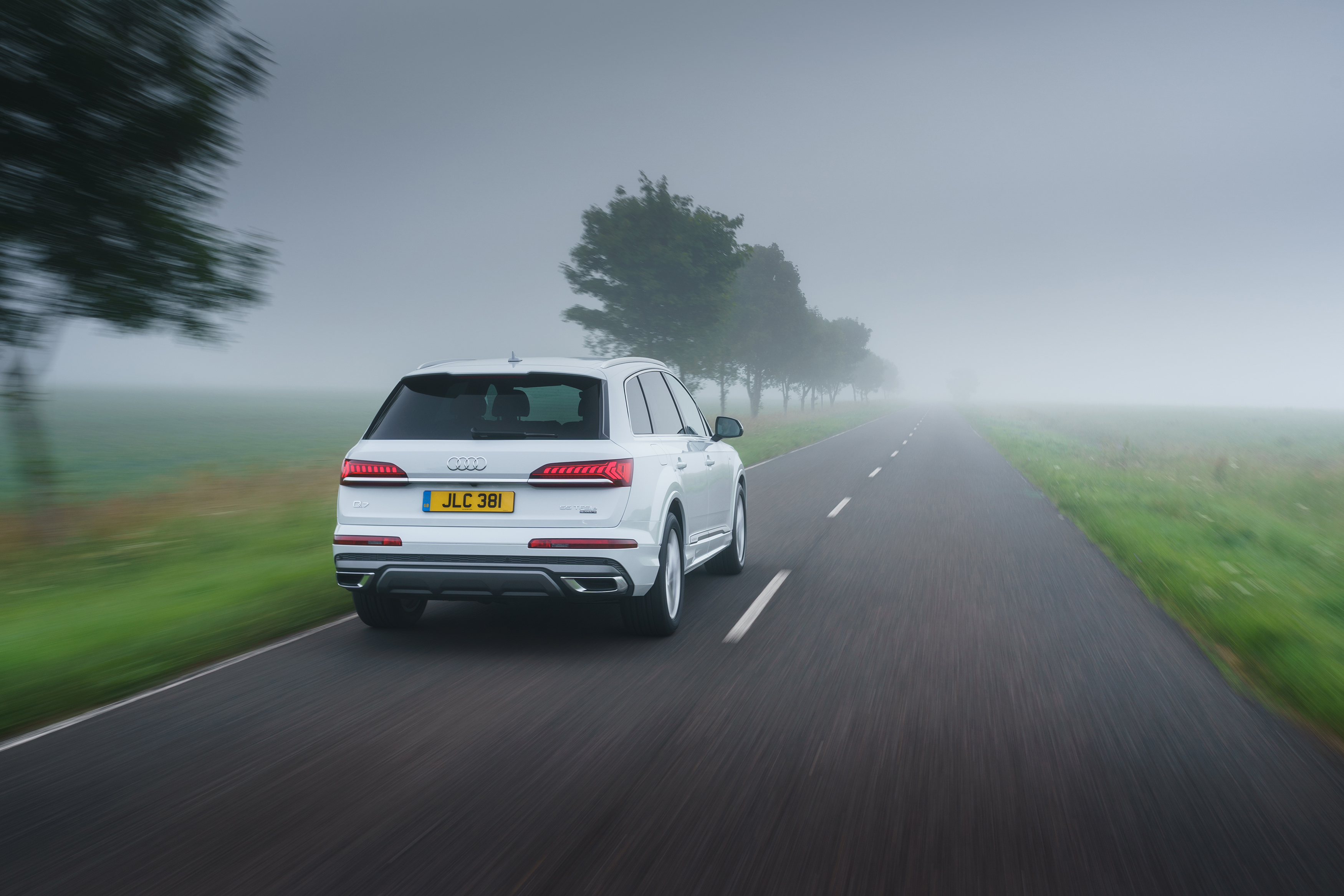
>
With 34 miles of electric-only range, the Q7 is able to saunter about on battery power alone for quite some time. In fact, when you’re travelling around town the ability to do so without troubling the engine is handy and, if you’re often doing shorter trips at lower speeds then there are some great fuel savings to be made with this feature. That said, it’s far less than the claimed 66 miles of electric-only range claimed by Mercedes for its GLE plug-in hybrid.
But when that energy is depleted, it’s good to have an engine like this petrol V6 to fall back on. Naturally, efficiency takes a big dive once you’re on petrol-power alone – we were averaging around 25mpg at this point – but the V6’s silky power delivery makes the whole Q7 experience feel just as upmarket as you’d expect. It also cruises along at motorway speeds well, with the air suspension on this test car doing a great job of dialling out the lumps and bumps that you inevitably encounter on the UK’s roads.
How does it look?
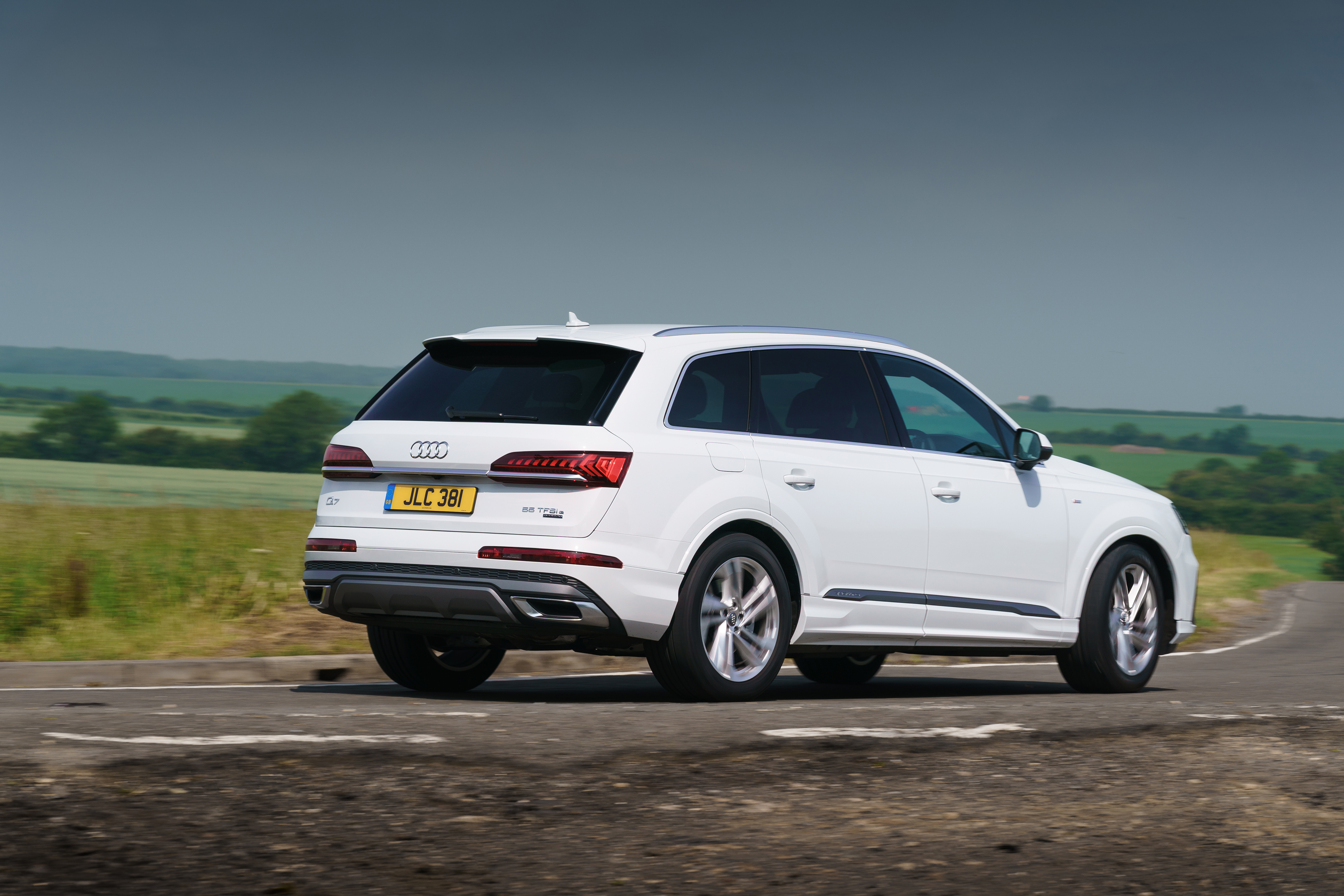
>
If you’re looking for a plug-in hybrid that doesn’t scream about its electrification, then you’ve come to the right place. Aside from some smaller badges at the rear – this Q7 has a snappy title of 55 TFSI e – then there’s not a lot to differentiate this model from its petrol and diesel counterparts. That’s no bad thing, of course, as we’ve always found the Q7 to be quite a handsome beast.
You’ll find the charging port for the Q7 hybrid located on the left-hand-side of the vehicle – mirroring the one for the petrol filler – and while this plug-in hybrid can’t be rapid charge, a normal top-up via a conventional 7kW home charger will take around three hours.
What’s it like inside?
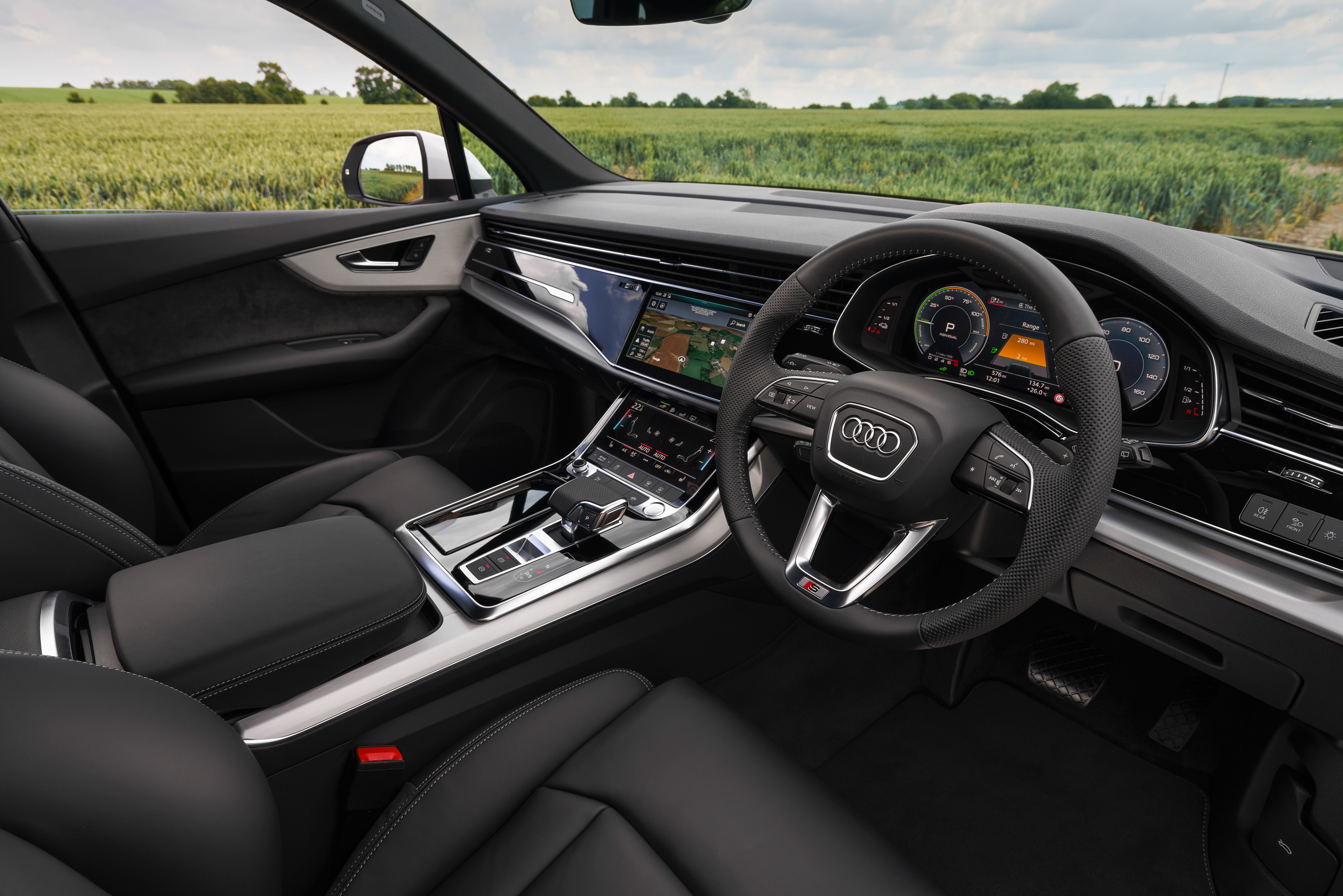
>
The Q7 has been Audi’s flagship SUV for some time – only recently sharing the limelight with coupe-styled Q8 – but that means it has become known for its high-quality materials and excellent technology. It’s true in the PHEV, too, as with numerous leather-clad surfaces and plenty of bright metallic finishers it’s a pleasant place to be.
Space for those in the rear is plentiful, too, with good levels of both head- and legroom available to back-seat passengers. The lack of a seven-seat option is a pain, however, and takes away one of the Q7’s direct selling points.
What’s the spec like?
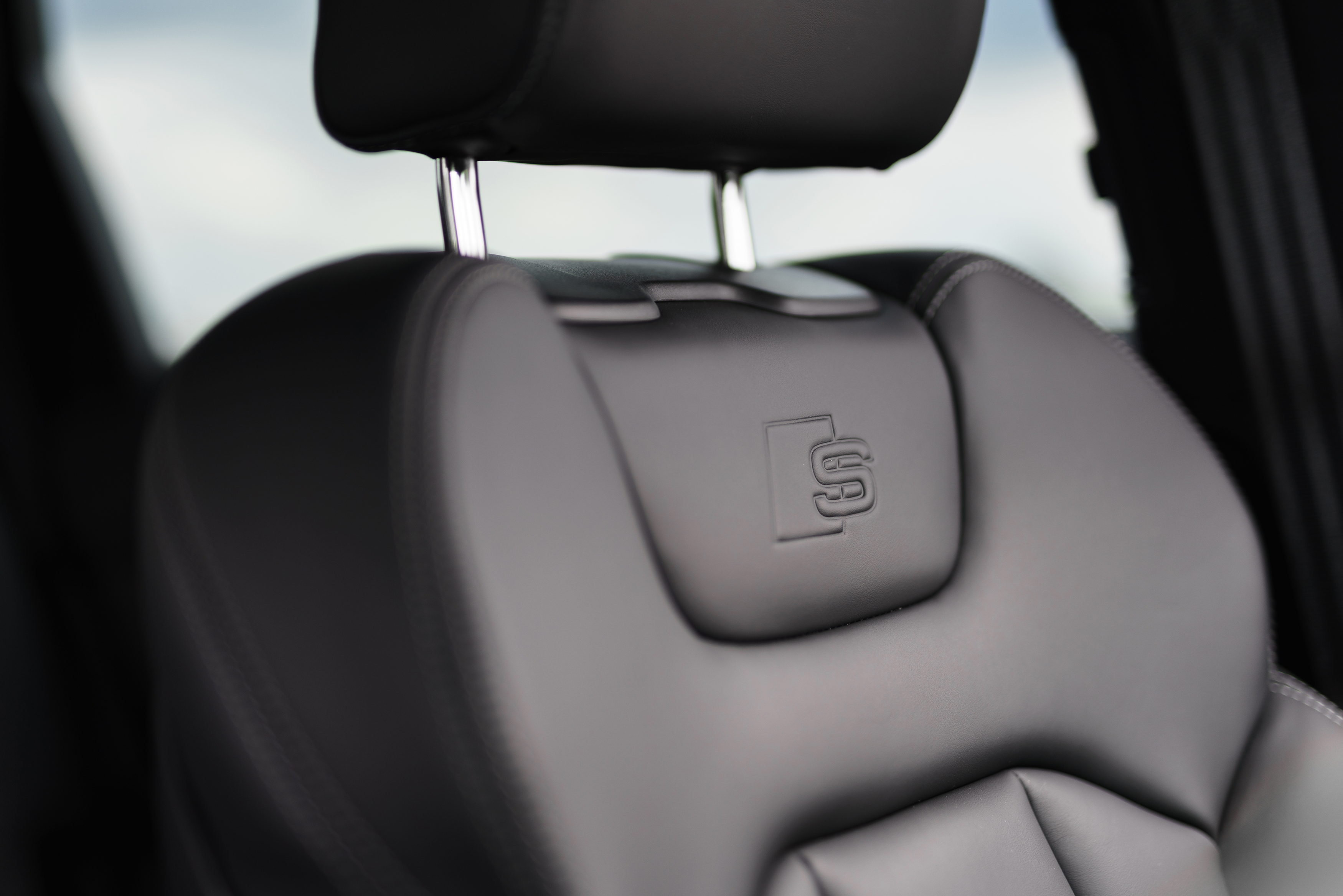
>
Our test car came in at £76,845, representing quite a chunk of change. However, the Q7 is a big, versatile car and here in plug-in hybrid form has plenty of the latest technology so it does have aspects which go towards justifying that price tag. You do get all of Audi’s excellent technology, including the dual-screen MMI system which, despite being around for quite a while now, continues to be easy to use and intuitive due to clear menu layouts.
The build quality is excellent for this price point, too – as you’d expect it to be, mind you – and there’s just a general perception of robustness throughout the vehicle which makes it feel suited to a variety of tasks and situations – this is a car that’ll just as happily devour long motorway stretches as it will trips around town.
Verdict
This plug-in hybrid Q7 is all about deciding what you want from a car. If you’re after a true seven-seater with a really large boot then we’d still be sticking with the ‘standard’ version. Likewise, if you’re often doing really long journeys – where this car’s electric power would do little to help in the long run – then a diesel or standard petrol variant will be a better choice.
However, if you do shorter journeys and don’t require those two extra chairs in the rear then the Q7 plug-in hybrid brings some advantages. Keep its batteries charged up and thanks to its reasonable electric range it’ll deliver noticeable savings on fuel, too.

